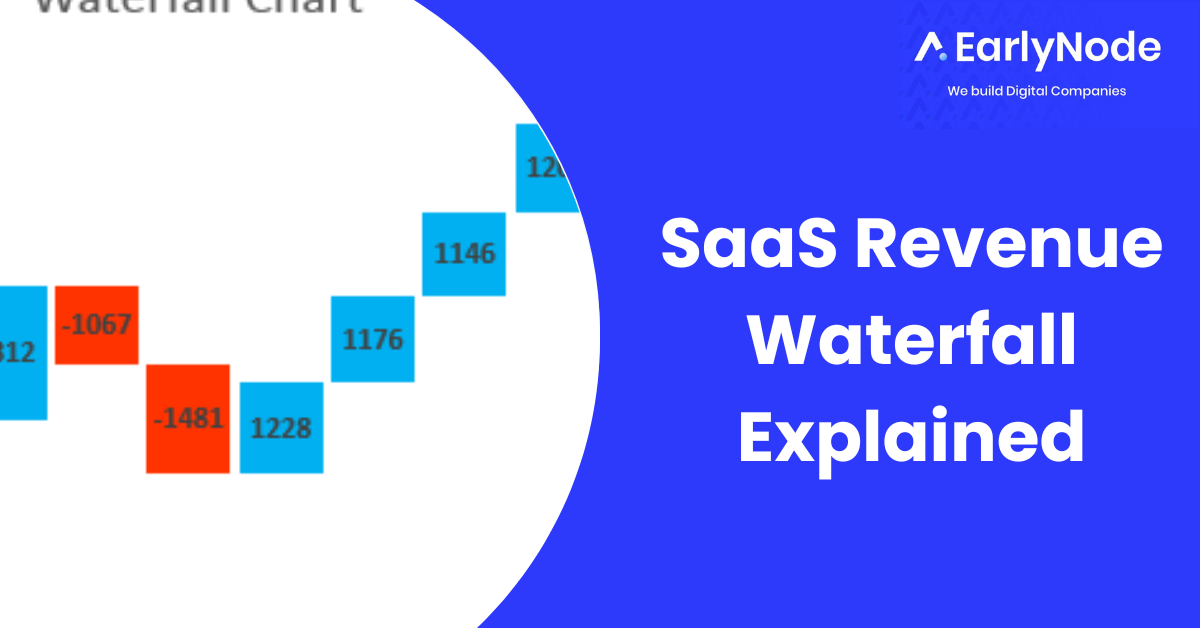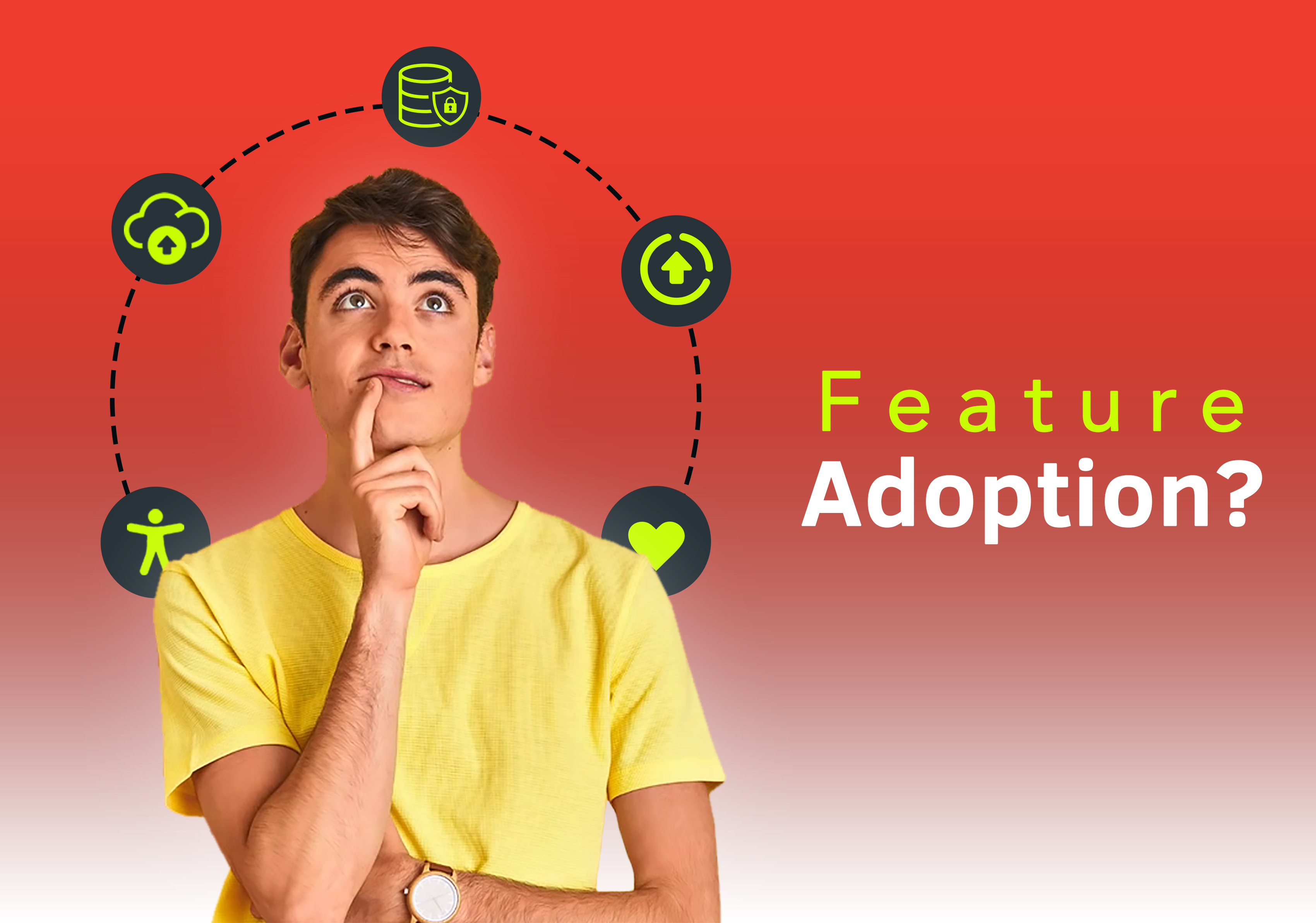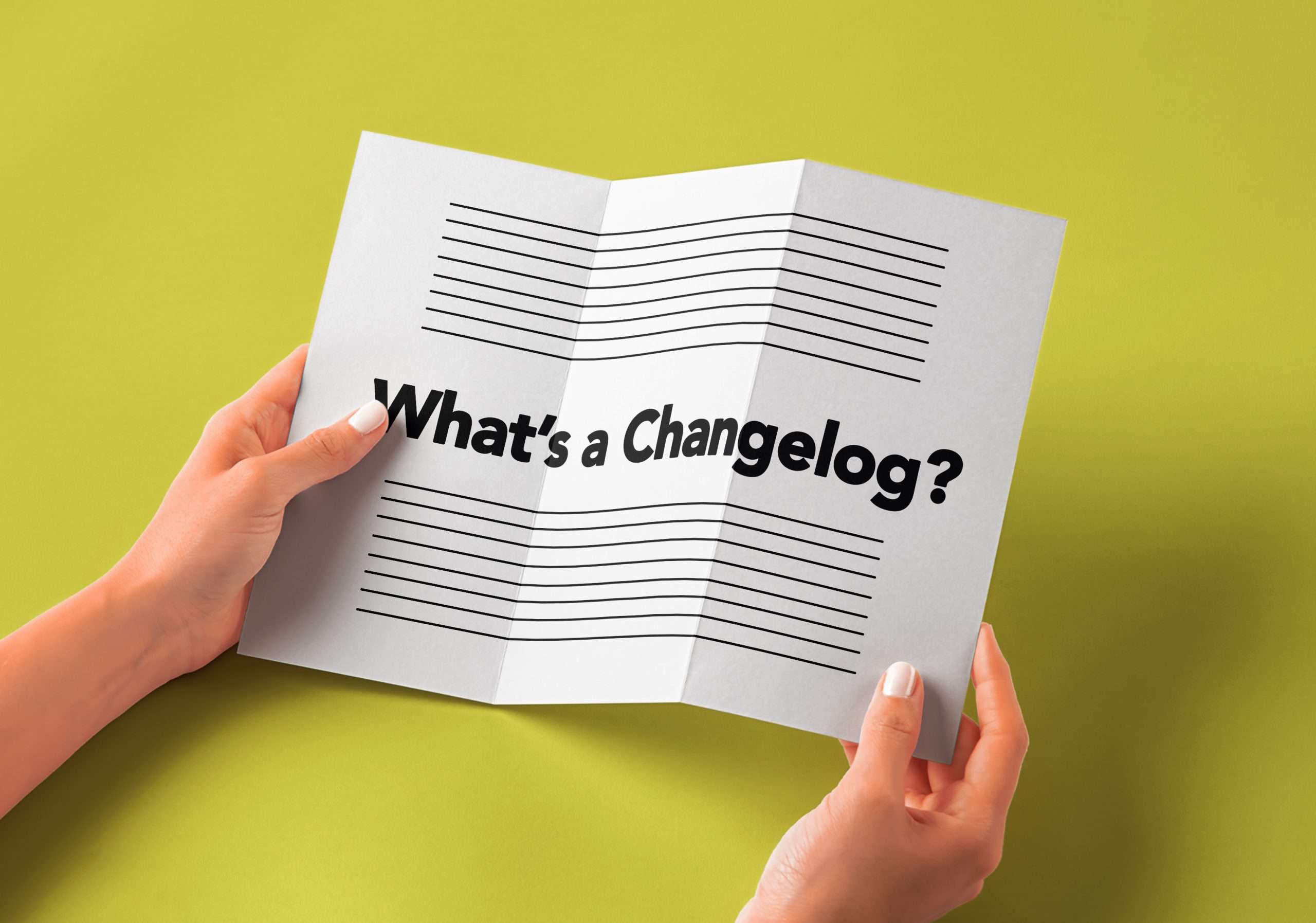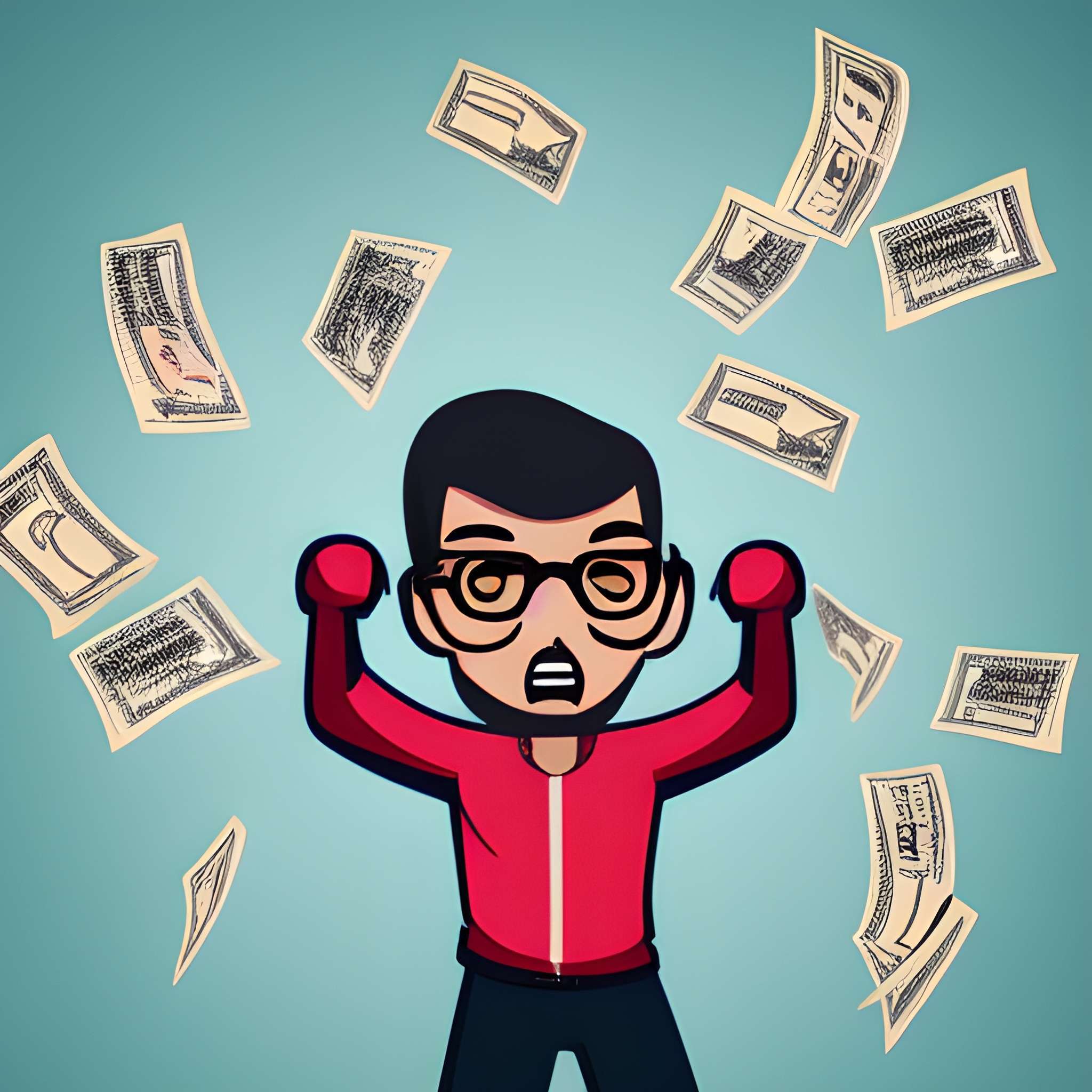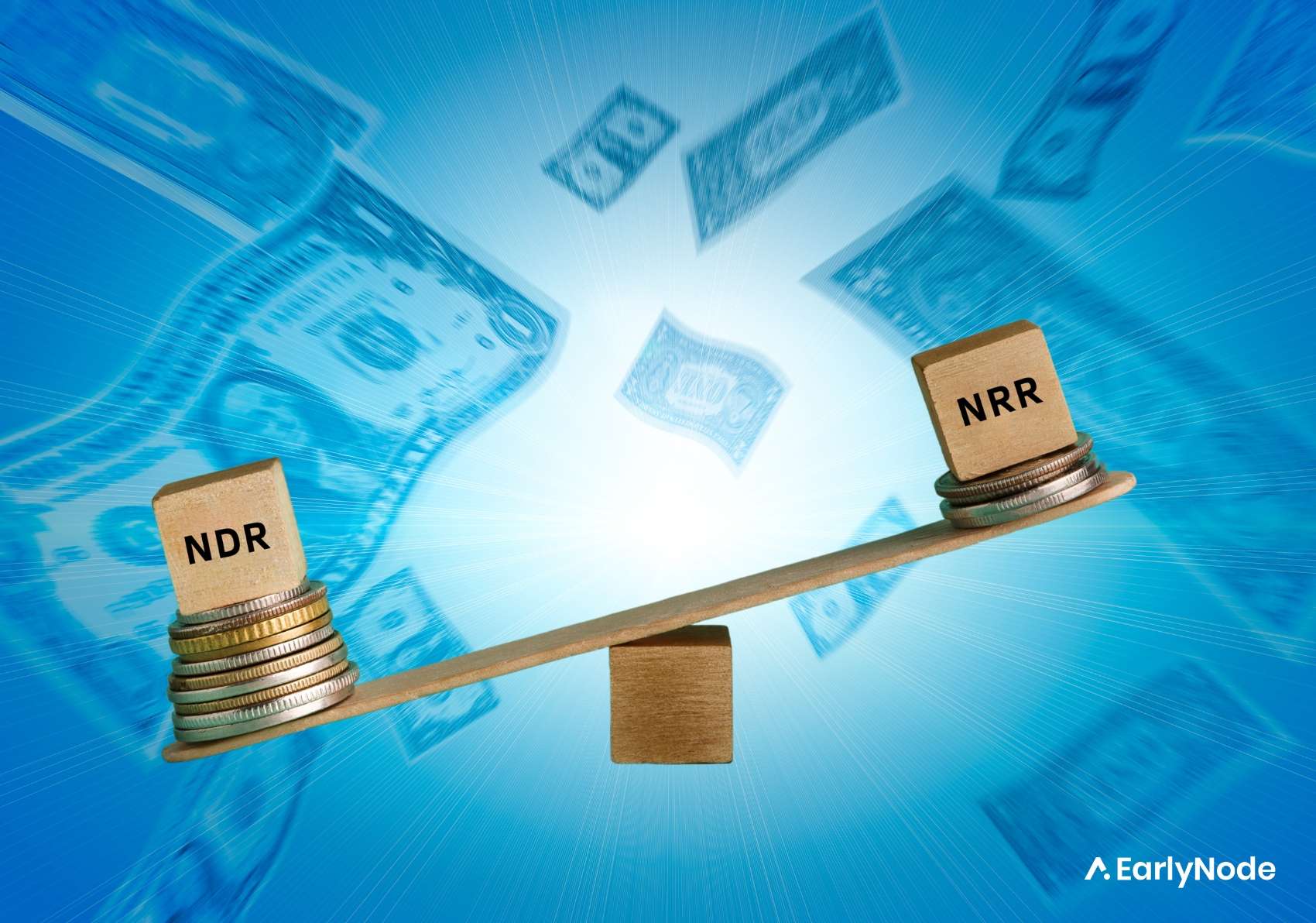How to use the Buy-a-Feature Model to Improve your SaaS
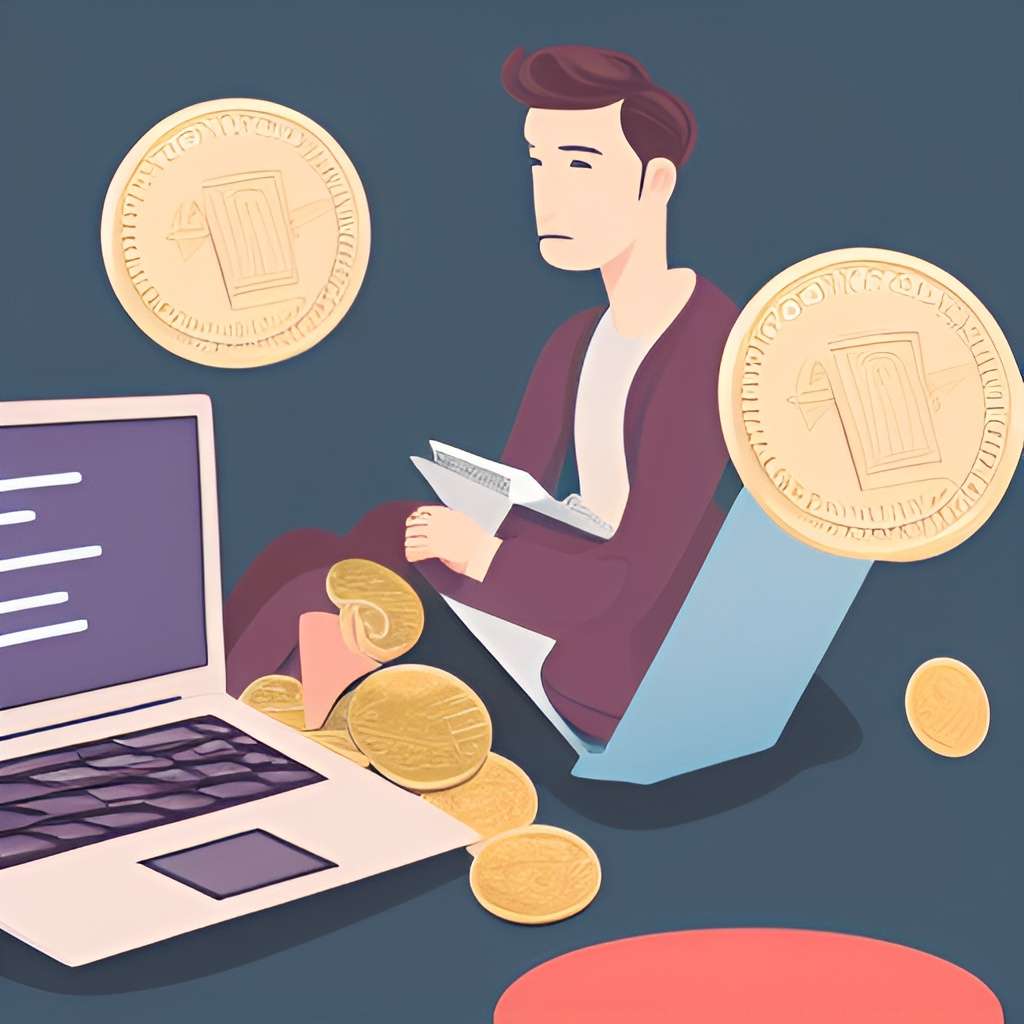
For a product manager, prioritizing which features to build is one of the biggest challenges. There are a million different things you could be working on, but you can’t do them all at once. And if your goal is to improve your product with relevant features, then PMs can utilize the Buy-a-Feature Model.
What is the Buy-a-Feature Prioritization Model?
It’s a technique that helps B2B SaaS companies, especially their product teams, to determine which features customers value the most. The product team interacts with a group of users to identify the features or upgrades customers would want most in the product.
You play the game by giving each customer a fixed amount of fake ‘money’ to ‘buy’ their most wanted features. As we said, the money is not real. You can even use poker chips, Monopoly money, or something else. Then allow them to spend the money on the features you want to add. Let each feature’s development costs be relative to the price you assign to it.

How the Buy-a-Feature Prioritization Model Work.
There are four main steps:
List the features you’re prioritizing and assign ‘price tags’ to them
Features are not limited to just features. You can list product updates like fixes, improvements, etc. Pick only relevant features that you need the input of your participants to avoid overwhelming them. So you don’t have to add features you were going to add already.
Now assign a price tag for all items on the list. It’s effective to charge per each feature’s relative development costs. But you may also set it based on how complex or time-consuming the feature will take to build, etc.
Give your participants a budget and let them start shopping.
Gather your participants for the game and group them. Then explain each item to them. You can group them according to industry or department if you have many participants. For example, if there’s a SaaS feature aimed at bankers, send finance officers to that group, and so on.
Now the fun begins. After grouping, you’ll allocate a specific budget of your play cash to each group or person. Then let them decide what features to buy with the money. Luke Hohmann, the creator of the game, suggests that at least one of the items on your list should be priced higher than the allocated cash for each participant so that nobody has enough resources to buy them all. It’ll encourage them to work together to buy the features, giving insight into your customers’ real priorities and opinions of your products.
Observe as participants negotiate and purchase.
At this point, your product team can gain critical insights into the group’s priorities. What they discuss and collaborate on will be important for you to know which aspects of your product are vital and why. Let your product team act as facilitators and join the conversation by answering inquiries and clarifying the features for users.
For example, the group is stuck on a particular feature preventing them from continuing the game (and using the rest of their cash). In a situation like this, you may guide the discussion or increase each participant’s cash so they can move on to other parts of your product.
Review their options and let them explain why they bought each feature.
The game ends when participants run out of cash or until all the essential features have been bought. Next is to discuss their group’s choices. This is when you’ll discover key insights about your users as you listen to their justification of their choices, individually and as a group. Why did they pick one feature over another?
Why were customers #A and #C ready to sacrifice an item that both saw as essential to join forces with customer #E and buy the most expensive feature on your list instead? Why did group 2 ignore your cheapest feature? What was their justification for doing so? These questions will teach you a lot about what your customers think about your product – the good, the bad, and the ugly.
When should you utilize the Buy-a-Feature model for your SaaS product?
When your product team is finding it tough developing a complex ‘feature wish list’ but has very low development resources, you can use Buy-a-Feature to prioritize what they should do first. Buy-a-Feature projects help stakeholders who want everything all at once better understand their limited resources.
It’s beneficial if your team has already tried other research methods with little results. Surveying customers, for example. The answers may not be relevant to your project. A Buy-a-Feature exercise seeks to get a sample group of your market to prioritize their wish list of your product features genuinely. It’s effective because they will have limited time and options, just like your team.
Who created the Buy-a-Feature Prioritization Model?
Luke Hohmann, founder of Innovation Games, introduced and described the Buy-a-Feature concept in his book Innovation Games: Creating Breakthrough Products Through Collaborative Play. He wanted to create a game that revealed consumers’ hidden needs. Luke has a background in marketing, product management, and development, and he applies this expertise and his study of human psychology to the game.
Conclusion
The Buy-a-Feature prioritization technique helps product teams better understand their stakeholders’ and customers’ wants, needs, and interests to improve their products.
Plus, you gotta admit it’s fun to collaborate with your customers while getting valuable feedback directly from users to your product team to help them create an even better product!
